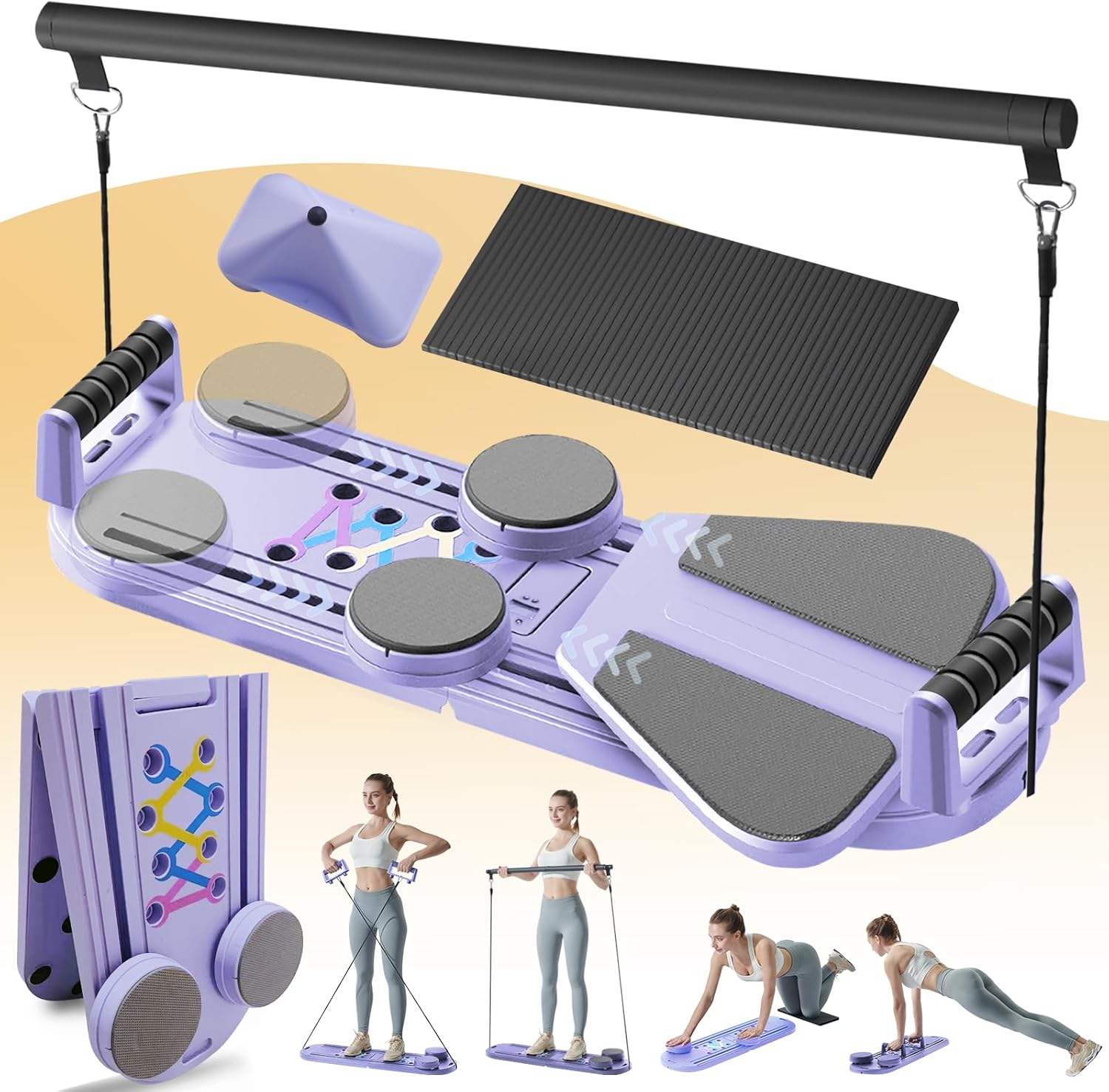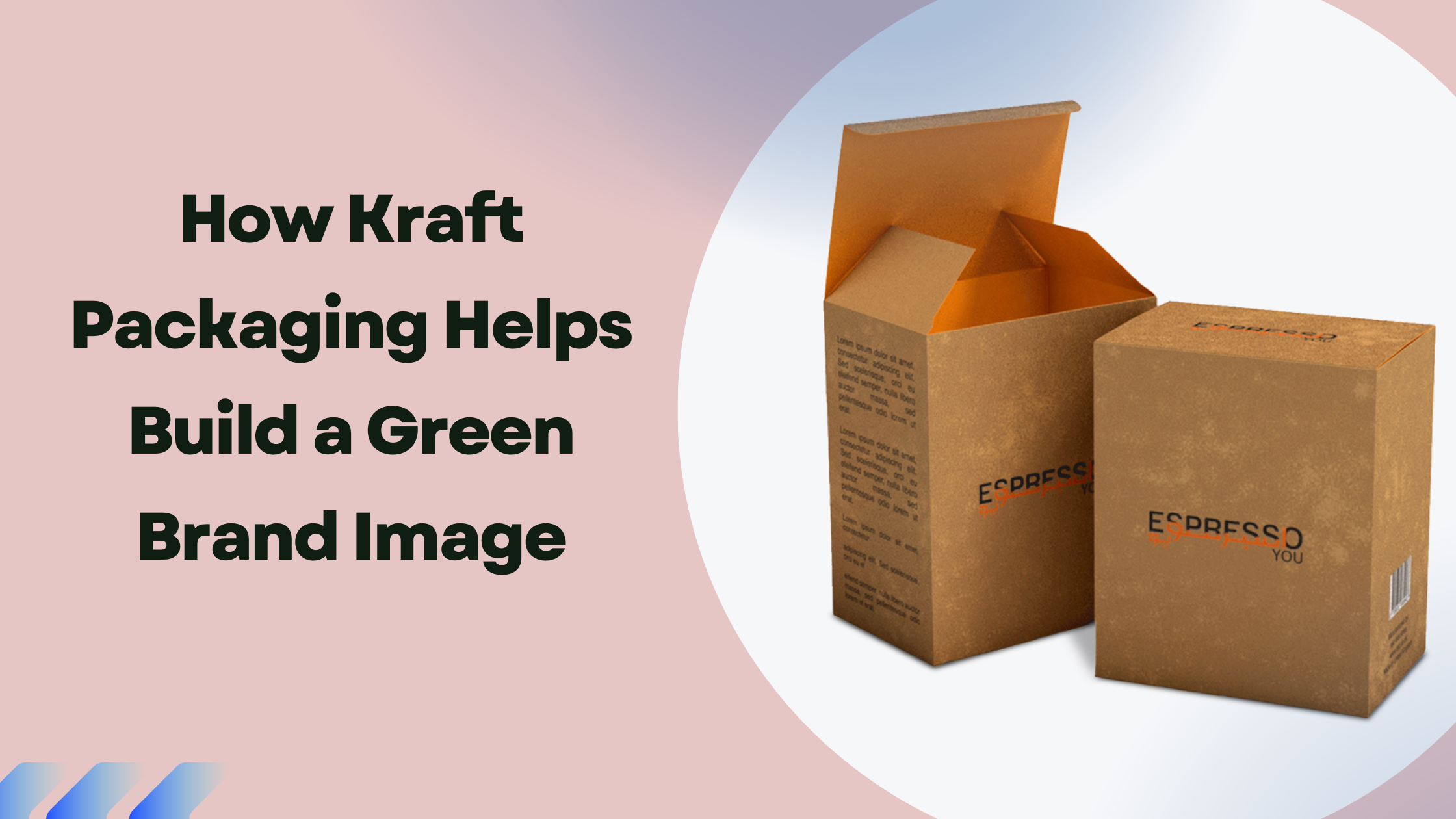When it comes to developing strength, flexibility, and balance, few exercise techniques are as effective as Pilates. Its precise, low-impact movements work to develop the core muscles, correct posture, and increase body awareness. Though mat work is a great beginning, equipment such as the Pilates Board and Pilates Reformer can elevate a Pilates Workout to new heights of efficiency. By weaving these tools together into flowing routines, you can experience effortless transitions between movements and build a dynamic flow that keeps your body working hard and your brain active both in a studio setting or at home practicing Pilates.
Why Smooth Transitions Are Important for Pilates
One of the fundamental principles of Pilates is flow. Instead of exercising with repetitive sets and breaks, Pilates teaches flowing motion from one exercise to the next. Seamless transitions keep your body engaged, breathing steady, and concentration intact. This develops not only physical advantages—like stamina and muscle tone but also mental acuity.
With the Pilates Reformer and Pilates Board, transitions are even smoother, as both of these equipment pieces are meant to assist controlled, economical movements. Working together, they provide a comprehensive set of exercises that work every major muscle group.
The Pilates Board: Portable Power
The Pilates Board is a compact, versatile tool that mimics many of the movements you’d find on larger equipment. It typically includes resistance bands, foot straps, and handles, making it easy to switch between upper- and lower-body exercises without needing to pause and adjust too much.
A Pilates Board workout might include:
- Squat presses for lower-body strength.
- Arm pulls and rows to tone shoulders and arms.
- Core rotations that activate obliques and enhance stability.
- Bandalisted leg lifts to work hamstrings and glutes.
Its portability makes it ideal for anyone wanting to experience Pilates in the comfort of their own home, particularly if there is limited space. Smooth transitions don’t put a strain on the board since you can easily transition from standing to sitting to lying exercises, keeping the flow of your routine intact.
The Pilates Reformer: A Studio Classic
The Pilates Reformer is the ultimate Pilates equipment. With its sliding carriage, adjustable springs, and straps, it provides resistance and support for a wide variety of movements. Unlike the Pilates Board, the Reformer supports more accurate alignment and deeper stretches, which make it ideal for beginners and advanced users.
A Pilates workout on the Reformer may include:
- Footwork sequences for leg and core strength.
- Arm extensions with straps to enhance posture.
- Leg circles to increase hip mobility.
- Bridging exercises to build glutes and spine strength.
The reason why the Reformer is so powerful at making transitions smooth lies in the potential to flow easily between kneeling, standing, and supine positions. It takes very little adjustment to move through a whole full-body routine without interrupting the rhythm.
Designing Smooth Workout Routines
When integrating the Pilates Board and Reformer, you are able to create workouts that flow smoothly while addressing various muscle areas. The idea is to set up your routine with as few interruptions as possible. Here’s a sample of a seamless 30-minute workout:
Warm-Up on the Pilates Board
- Begin with standing squats with resistance bands.
- Flow into seated rows for the upper body.
- Flow into core twists to work the obliques.
Lower-Body Focus on the Reformer
- Proceed to the Reformer for footwork patterns.
- Gradually transition to leg circles and side-lying leg lifts.
- Include bridging exercises to activate glutes.
Upper-Body & Core Integration
- Return to the Pilates Board for band-resistance push-ups.
- Progress to seated shoulder presses.
- Complete with planks and roll-downs in control.
Cool Down on the Reformer
- Conclude with slow, gentle stretches using the straps for hamstrings and spine.
- Emphasize slow breathing and lengthening movements.
This circuit emphasizes the smooth transition that Pilates is famous for and utilizes both pieces of equipment to their fullest potential.
Advantages of Smooth Transition Routines
Using the Pilates Board and Reformer in flowing routines provides several advantages:
- Efficiency: Smooth transitions conserve time, enabling you to squeeze a full-body workout into condensed sessions.
- Consistency: Constant movement maintains muscles active during the workout.
- Enhanced Coordination: Transitions between exercises develop balance and body recognition.
- Maximized Results: Flow-based exercises increase endurance, flexibility, and strength at the same time.
- Concentration: Being in rhythm keeps distractions at bay and encourages mindfulness.
Pilates at Home: Making It Work
Not everyone has the luxury of a Pilates studio, but with home-use equipment, you can get professional-grade results in the comfort of your own home. A Pilates Board is the simplest point of entry—it’s inexpensive, portable, and takes up little storage space. For a deeper practice, smaller versions of the Pilates Reformer are now on the market for use at home.
To make smooth transitions happen in Pilates at home:
- Commit a small, tidy workout area.
- Plan your routine in advance to reduce changes in setup.
- Utilize online classes or apps to direct flow-based workouts.
- Practice consistency short, regular sessions beat long, irregular ones.
Unlocking Your Potential with Board & Reformer
The glory of using Pilates Board and Pilates Reformer together is the way they support each other. The board offers quick, multi-directional movement that tests stability and strength, while the Reformer offers precise, resistance-based training that supports posture and flexibility. Together, they provide an unrivaled Pilates workout that makes your body move in a smooth, efficient way.
Final Thoughts
The secret in Pilates is the flow. Smooth transitions not only make your exercise more fun but also help your body stay engaged from the beginning to the end. With Pilates Reformer and Pilates Board, you can create routines that provide all the advantages of Pilates strength, flexibility, coordination, and awareness without ever losing rhythm. Read This
Whether you’re working out in a studio or enjoying the convenience of Pilates at home, these tools provide the perfect combination for achieving real, lasting results. By focusing on fluidity, precision, and mindful breathing, you’ll unlock your full potential and transform your Pilates practice into a seamless, empowering journey.



